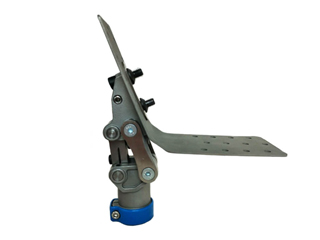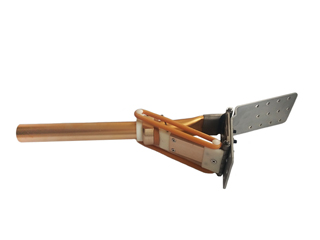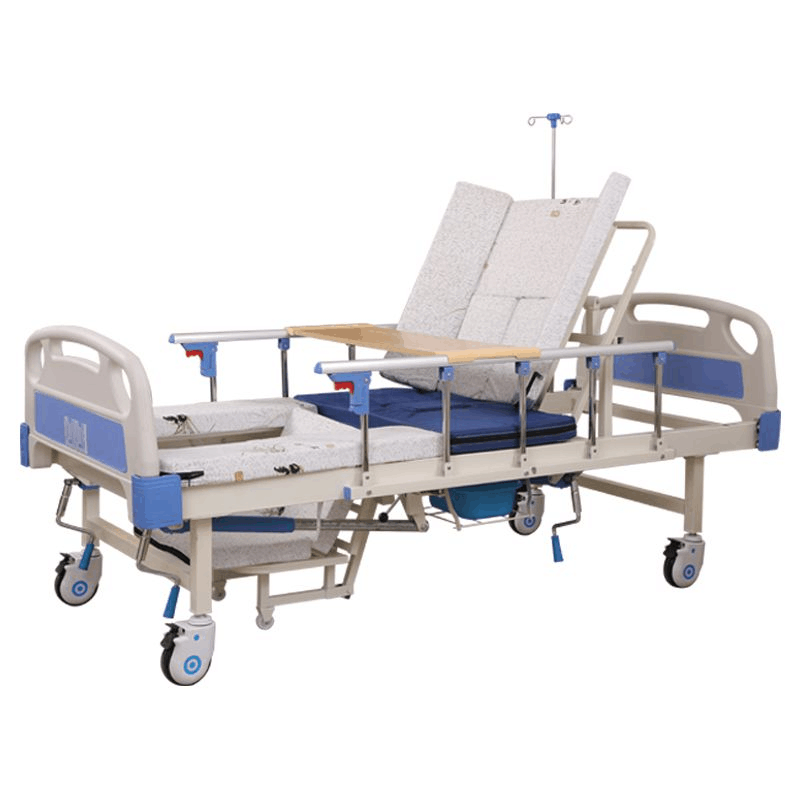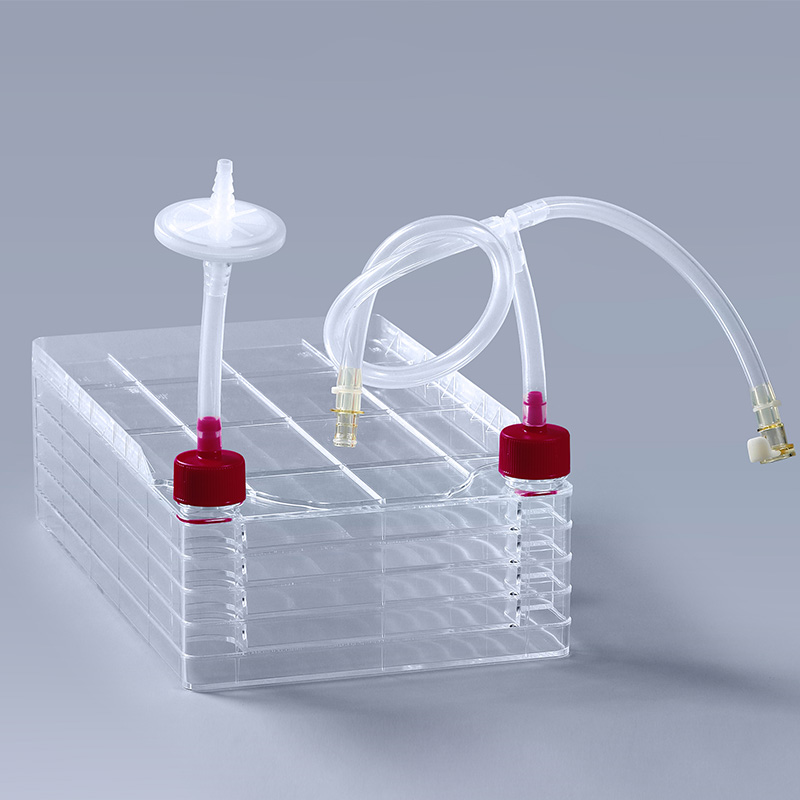When A Hip Replacement Is Needed?
Hip replacements often have a high success rate. In fact, the AAOS calls hip replacement "one of the most successful procedures in all of medicine. Most people who undergo the procedure report a significant reduction in hip pain and greater ability to perform daily activities.
Hip replacement is a common type of surgery in which a damaged hip joint is replaced with an artificial joint (called an implant).
Adults of any age can be considered for hip replacement, although most are done in people between the ages of 60 and 80. Modern artificial hips are designed to last at least 15 years. Most people experience a significant reduction in pain and improved range of motion.
When a hip replacement is needed?
Hip replacement surgery is often needed when the hip joint is worn or damaged, so that your mobility is reduced and you experience pain even at rest.
Four Bar Hip Joint
The most common reason for hip replacement surgery is osteoarthritis. Other conditions that can lead to hip damage include:
ㆍRheumatoid arthritis
ㆍHip fractures
ㆍSeptic arthritis
ㆍConditions that cause abnormal bone growth (bone dysplasia)
For whom hip replacement surgery is offered
Hip replacement is a major surgery, so it is usually recommended only if other treatments (such as physical therapy or steroid injections) do not help to reduce pain or improve mobility.
You may have hip replacement surgery if
ㆍyou have severe pain, swelling and stiffness in your hip joint and your mobility is reduced
ㆍYour hip pain is so severe that it interferes with your quality of life and sleep
ㆍDaily tasks, such as shopping or getting out of the bathroom, are difficult or impossible
ㆍYou feel frustrated because of the pain and limited mobility
ㆍYou can't work or have a social life
Additional reading:How to Choose the Perfect Type 5 and Type 6 Protective Clothing
How long does it take to get results from an alcohol strip test?
Considerations for Choosing a Prosthetic Waterproof Foot
What Is the Use of Bedside Cabinets in Hospitals?
The Advantages of Ring Lock Orthotic Knee Joints
All Things About Hydrophilic Non-woven Fabrics
What is citicoline sodium used for?
ㆍYou also need to be well enough to cope with major surgery and recovery afterwards.
Stainless Steel Single Axis Mechanical Hip Joint
How is a new hip constructed?
ㆍA replacement hip consists of four parts.
ㆍA metal socket
ㆍA liner that helps the ball move easily in the socket
ㆍA metal or ceramic ball that replaces the femoral head
ㆍA metal rod to stabilize the thigh bone to which the ball is attached
There are different options for joint prostheses. Most surgeons use a non-cemented joint prosthesis, which allows the bone to grow into the prosthesis over time.
Cemented prostheses, on the other hand, are fixed to the hip joint with bone cement to allow for faster adhesion. While both options have similar success rates, they differ in terms of recovery.
The uncemented joint takes longer to attach to the bone and therefore takes longer to recover. The cemented version, while faster, is best suited for older or less active individuals.
Another option to consider is a muscle-preserving hip replacement. Unlike traditional hip surgery, this procedure eliminates the need to cut through the muscle, thereby reducing pain and recovery time.
Muscle-preserving procedures are usually performed through either an anterior or posterior approach. The main difference between anterior and posterior is the location of the incision. The anterior incision is performed anteriorly by the upper thigh, while the posterior incision is performed posterior to the hip.
prosthetic cosmetic leg covers
What is the difference between Disposable isolation gown and surgical gown?
Guide for Choosing an Disposable Surgical Gown
Ampoules vs. Vials: Uses and Differences
PROTACs: The Next Frontier in Targeted Drug Therapy
What Are Disposable Oral Swabs Used For?
what is citicoline good for?
8 Reasons Doctors Should Choose SonoAir
Related Articles
-
Hospital Bed Vs Adjustable Bed: How to Choose the Right Bed for Home Use
-
Unveiling the Secrets of Class 100000 Cleanrooms
978
0
0
-
What kind of drapes are used in surgery?
150
0
0
-
Unlocking the Potential: Harnessing the Power of Cell Factories
-
55
0
0
-
Online Shoe Store, Boots, Sandals, Sneakers
45
0
0










Comments
0